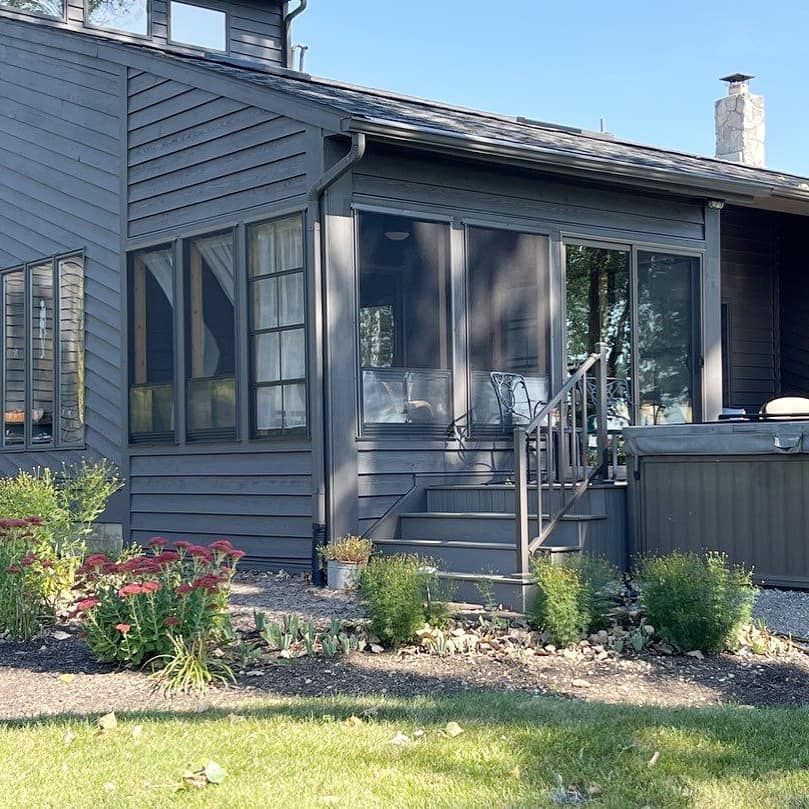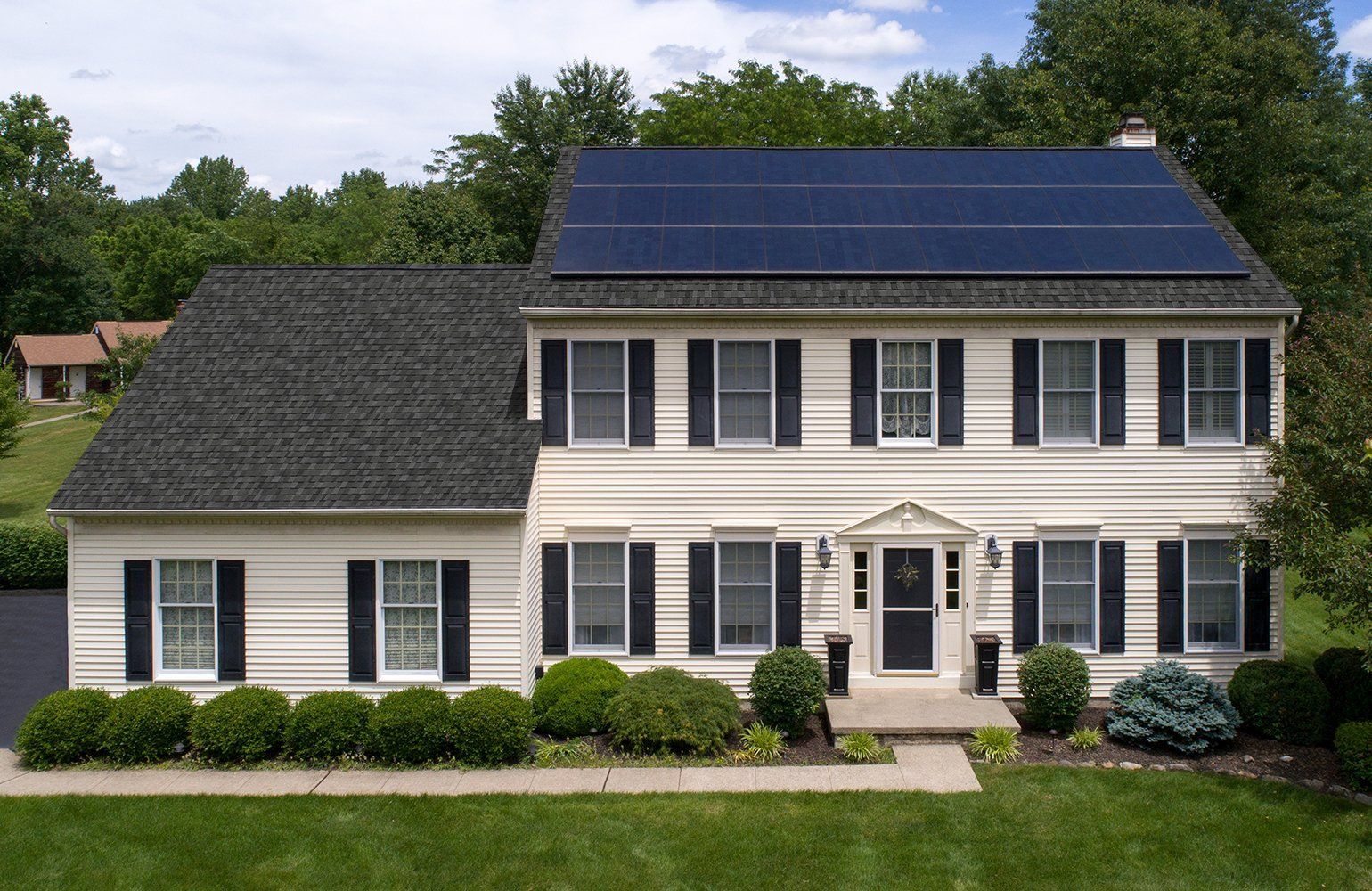Blog
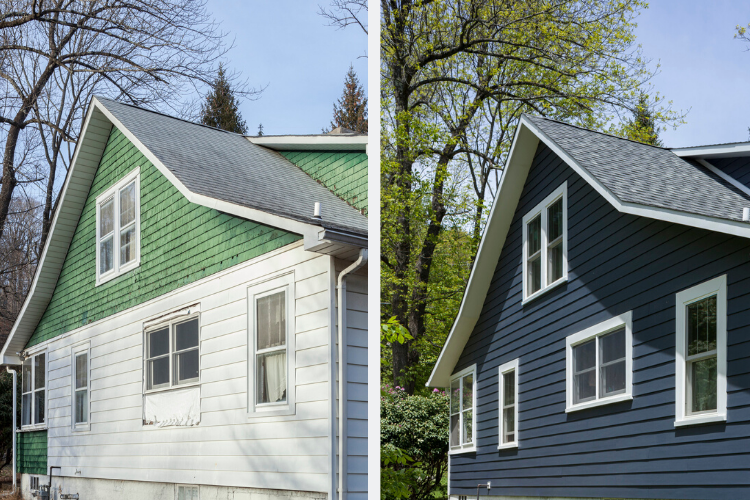
By Ohio Exteriors
•
November 30, 2021
Siding is your home’s first line of defense against damaging weather and pests. It’s also one of the most visible parts of your house, so when it fails to do its job, it fails to look the part. Replacing old siding can seem like a big undertaking, but fortunately many homeowners only have to do it once. That makes it even more important to do it right the first time, and to address the project before it can lead to other expensive repairs. How do you know when to replace your siding? Here are seven signs that can help you recognize when it’s time. EXCESSIVE MAINTENANCE As siding wears out, the maintenance cycle shortens. Also, the tendency to skip maintenance and just “let it go” can cause damage to the integrity of the underlying wood structure. It may be worth it to simply replace and upgrade your siding now. The cost/benefit may be better in the long run and help free up time for other projects (or just to relax). LOOSE OR MISSING SIDING Siding that is falling off a house can no longer protect the underlying structure. A few of the primary concerns with loose or missing siding is that excessive moisture (such as rain or snow), as well as pests, can get underneath. Those factors have the potential to lead to a range of issues and potentially expensive repairs. PEST DAMAGE Woodpeckers, termites and other pests are more than just a nuisance – they can cause serious damage to your home. If you have frequent issues with pests, you may want to consider replacing your siding with a material that offers little appeal to critters, such as fiber cement siding. COLOR FADING Faded siding can be unsightly. You can judge if your home is standing out by comparing it to surrounding houses. While fading doesn’t mean you need to replace your siding as soon as possible, it might be a good idea to start considering your options. Educate yourself by exploring the different house siding options that are available for your home. BUCKLED, CRACKED, SAGGING OR WARPED SIDING Siding that is buckled, cracked, sagging or warped can damage your home’s curb appeal and may be a sign it’s not doing its job to protect your home. If there is damage only to small areas, you may be able to just replace those pieces of siding. But widespread damage may get worse, so if you notice it all around your house it may be time to get a consult for a full siding replacement. ROT Siding is exposed to Mother Nature all day, every day, for years. Weather, water and time can all lead to trouble, and rot may be a symptom. If you have wood siding that is soft or crumbling, that can be a sign of rot, which should be addressed sooner than later. You’ll definitely want to investigate the root cause to determine the extent of any damage. If the damage extends beyond your siding, a consultant can help you determine which materials may need replacement. FINISH THAT’S BUBBLING OR BLISTERING If your siding is blistering or bubbling, you may want to take steps to repair or refinish it before the damage spreads. If left unaddressed, this could lead to even more unsightly conditions and other issues. The long-term solution is to replace your siding with a more resilient material that has a durable finish, like fiber cement products with ColorPlus® Technology. HOW LONG DOES SIDING LAST? The length of time your siding will last depends on the type of material you currently have, the way it was installed and other factors, such as climate and degree of exposure to the elements. To keep your home in top condition, it’s a good idea to do an annual inspection by simply walking around your home while taking a very close look and noting anything that can be addressed with basic maintenance. It’s always better to address issues early rather than after they become major problems. If it’s time to replace your siding, consider using a material that’s durable and long-lasting, such as James Hardie® fiber cement siding. You can explore the performance and durability of James Hardie products, and discover all of the design options and color choices for your project. When you’re ready, the next step is to call us for a free estimate and to get help with your project. Source: James Hardie
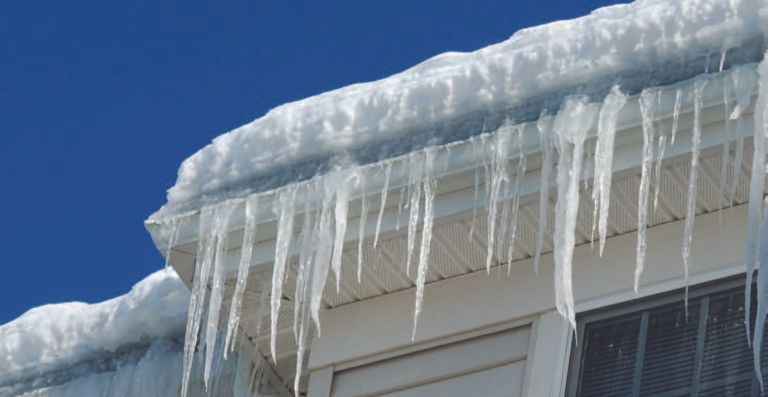
By Ohio Exteriors
•
November 30, 2021
Columbus is no stranger to constantly changing weather conditions. Every year, the city deals with tornadoes, severe thunderstorms, and blizzards. This year’s hodgepodge of weather conditions is no different from previous years with one notable exception: according to Randy Ludlow of the Columbus Dispatch, the wintry blast last December 6 was the snowiest on record so far.

By Ohio Exteriors
•
October 22, 2021
If you’ve noticed higher energy bills than usual, drafts around your window frames, or moisture buildup between panes, it may be time to replace the vinyl windows that were most likely installed when your home was built. Replacing your windows can be a sizable investment, but it’s one of the smartest things you can do for your home. If you think it’s time for new windows, the following are a few things to keep in mind: Benefits of Vinyl Replacement Windows Vinyl windows are one of the most popular types of windows today. They blend beauty, performance and energy efficiency to ensure your home feels comfortable and looks good. Replacement vinyl windows are so durable and energy efficient, they can save you money in the long run, decreasing energy bills and increasing your home’s value. Versatility Vinyl windows are extremely versatile and can match the design and character of virtually every home style. They can gracefully enhance the architectural style of your home, whether it’s traditional, contemporary or somewhere in between. With different colors, styles and features, you can use vinyl windows to get the look you want. To maximize viewable glass of the new windows, be sure to seek a full-frame replacement installation. Energy Efficiency & Water Management Quality vinyl replacement windows, particularly those carrying an ENERGY STAR® label, are designed to prevent sun and heat from radiating into your home. Energy-efficient glass is specially formulated with insulating properties that provide superior energy savings. They retain heat inside the home during cold winter months and reduce solar heat gain in the summer. In addition to keeping heat and cold air out, replacement vinyl windows should prevent water intrusion. Full-frame replacement with a nailing flange integral to the window frame provides proper flashing and water management when installed properly. Maintenance Homeowners lead increasingly busy lifestyles, so regular window maintenance is far from the top of mind. Vinyl windows require virtually no maintenance as they won’t rot, peel, blister or swell. With quality craftsmanship, they’ll maintain their attractive appearance inside and out with minimal upkeep! Vinyl windows are durable, beautiful and require little upkeep, making them a great choice for today’s busy lifestyle. If you’re ready to replace your windows, vinyl replacement windows are the way to go. For your home window replacement in Columbus Ohio, call us at (614) 239-7663. Source: MyHomeStyleDesigns

By Ohio Exteriors
•
August 22, 2021
Professional roofing contractors are experienced with different types of roof damage and signs of an aging roof. We know where to look (like under shingles and around flashings) and can safely traverse roofs of various slopes. We can also tell you if you need a roof repair or a complete roof replacement.
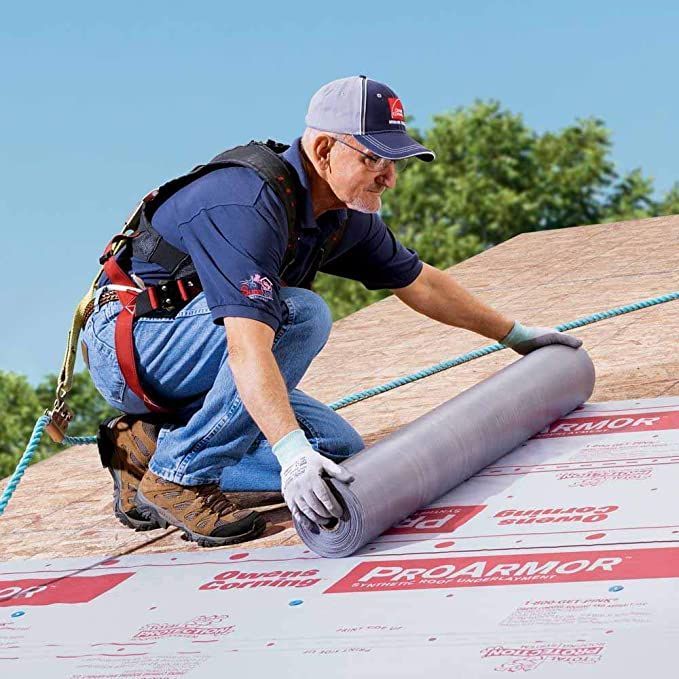
By Ohio Exteriors
•
August 17, 2021
Whether you’re embarking on a reroofing project or new home construction, there are many factors to consider about the type of underlayment to use. Synthetic roofing underlayment has many advantages over felt and may be a worthwhile investment to protect your roof and home from the risks of water and moisture infiltration.

By Ohio Exteriors
•
August 6, 2021
Sometimes a roof can naturally reach the end of its useful life without experiencing a roof failure. It just looks old and worn, and you are doing preventive maintenance on your home. If replacing an old roof is delayed, however, it could result in bigger problems down the road. So, watch for the warning signs to be sure to give yourself plenty of time to add the project to your to-do list. 8 Potential Signs That Your Roof May Need To Be Replaced: Shingle edges are curled or shingle tabs are cupped. Bald spots where granules are missing. Cracked shingles. Your roof is at least 20 years old; while many shingles today are produced for durability, many factors can accelerate the aging of shingles. For example, if your roof is not properly ventilated, it can negatively impact your shingles. The roof just looks old and worn. Neighbors are getting new roofs. Homes built around the same time period can be experiencing the same types of weather conditions can mean that your roof is nearing its useful life. Dark streaks. Airborne algae cause dark streaks on roof decks. While this may not necessarily harm the roof shingles, it may not look good. Moss can grow on roof surfaces that don’t get much sunlight, especially in cool, moist climates. Moss growth can be more than a cosmetic issue. Moss holds moisture against the roof surface and over time in freezing climates can cause damage to the granules on the top of the shingles. Moss can be brushed off but it won’t prevent it from growing again; take care not to damage the shingle surface. You may need to contact a professional roofing contractor. For help with your re-roof project, rest assured you will be working with the best. As a Preferred Contractor with Owens Corning we take pride in our work and receive many referrals from our prior clients. Source: Owens Corning
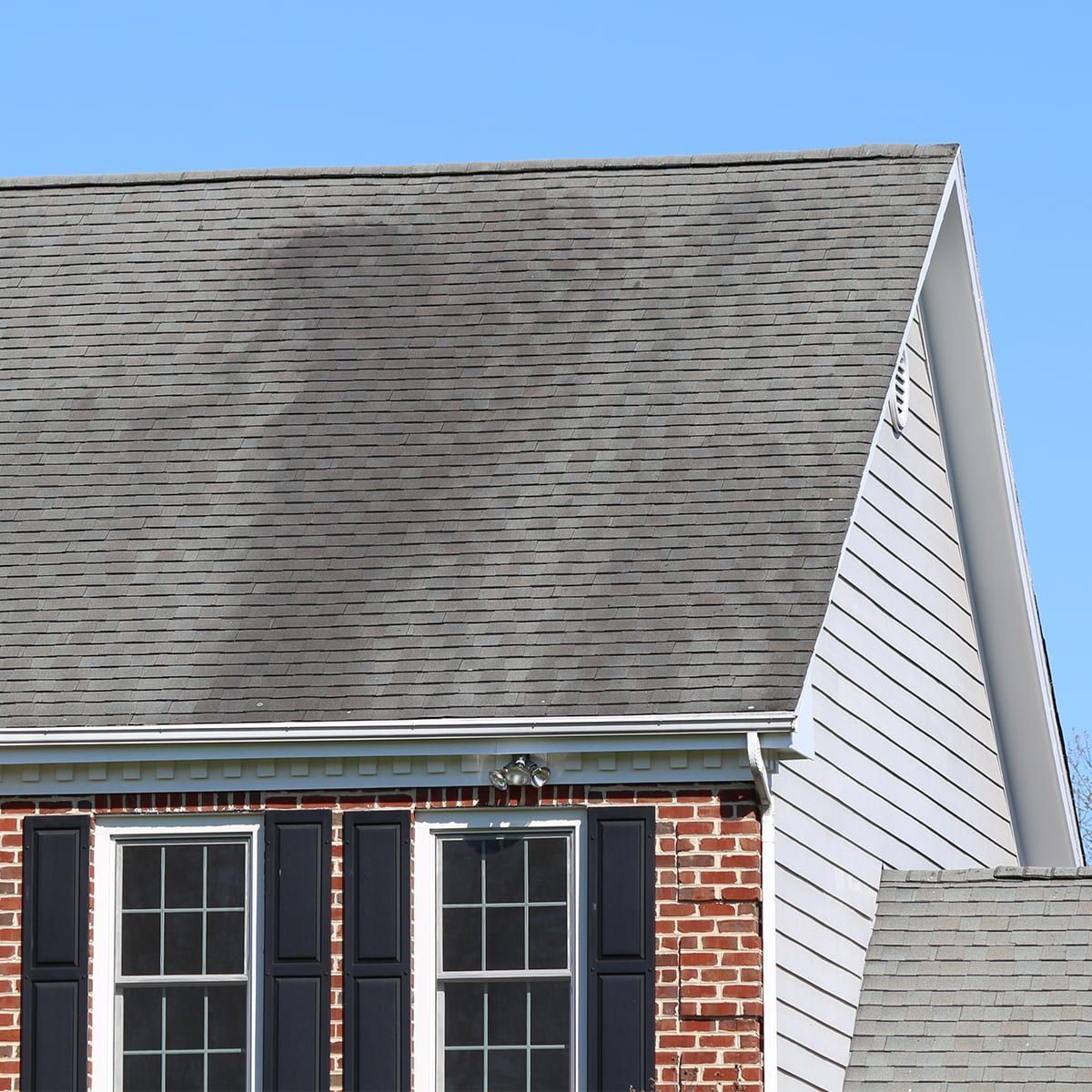
By Ohio Exteriors
•
August 4, 2021
The primary species of algae that tends to collect and grow on roofs is called cyanobacteria Gloeocapsa magma algae, which is contained in and transported through the air.
Green algae (typically green in appearance) or moss sometimes found on roofs with northern exposure, overhangs or high moisture areas, is not the same species.
Contact Ohio Exteriors Today for Your Home Renovation Needs
If you want top-quality products and uncompromising customer service, make Ohio Exteriors your trusted Columbus contractor today. Call us at
(614) 683-2267 or submit our online request form for more information.

